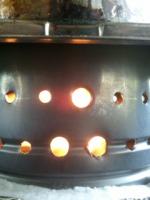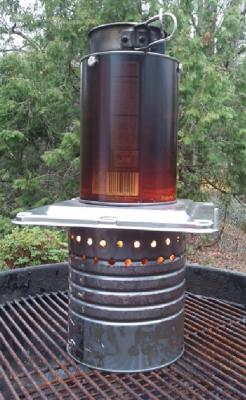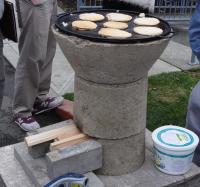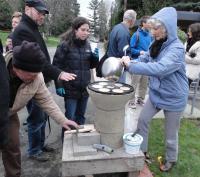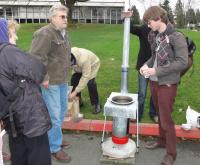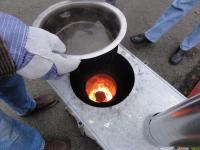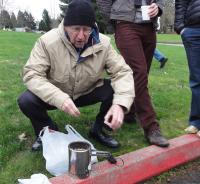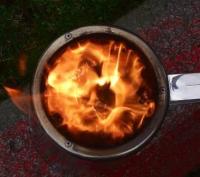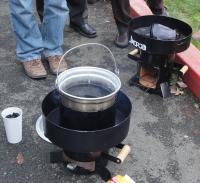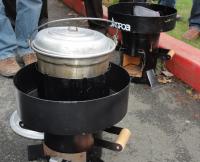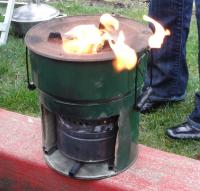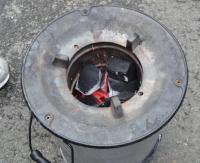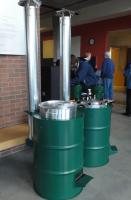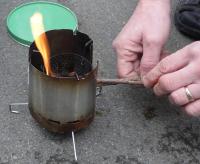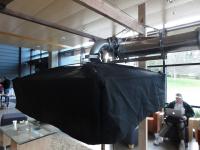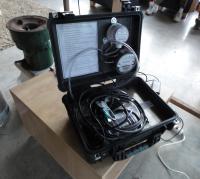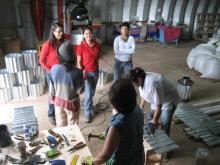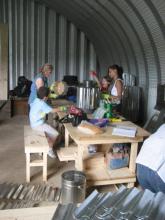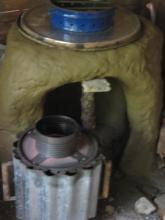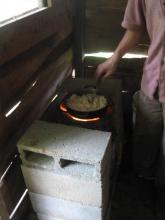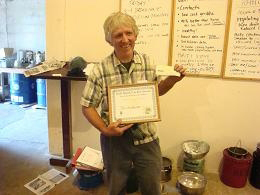Biochar Industries part of Biochar Project in Kunghur Australia is now selling Biochar TLUD cook stoves as part of our plan to make more people aware of the benefits of biochar.
TLUD is an acronym for Top Lit Up Draught meaning you lite it at the top and the air is sucked up through the fire. Fantastic device that is light to carry and will work with all woods great survival tool . The best feature of this Tlud is when the flames go out you then have biochar. All you have to do is drop the embers on the ground and spray some water on them so they don’t continue to burn.
This particular model was imported from India and has a very nice finish and somehow I ended up with some to sell so I wanted to let my readers know first before I start selling them at stores and markets.
More on TLUD stoves http://www.drtlud.com/
FASHION NEWS

